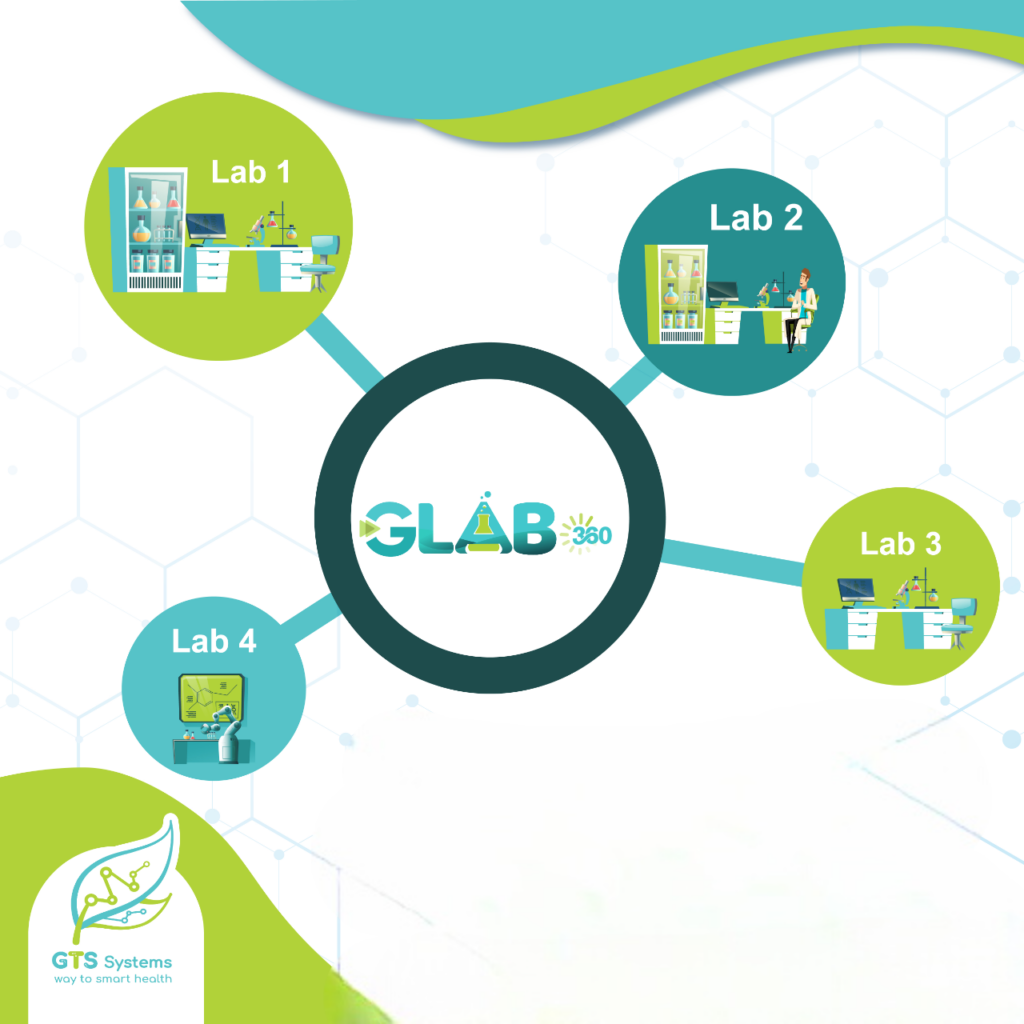Development and improvement of lab information management systems (LIMS) allowed for more than the expected “Automation” of patient registration, reports generation and sample management process. LIS/LIMS introduced special modules that can automate the very unique aspects of laboratory operations.
For example, instrument connectivity, QC/QA module and auto-Validation were designed to manage lab-specific technical aspects.
In case of Auto-Validation module, it’s even beyond typical technical/operational steps. We are facing “clinical” aspects of the laboratory medicine, the patient results themselves.


In the past, it was always one way: authorized personnel should review and verify patient results before release.
ISO 15189, the international standards for medical laboratories, states that:
“The laboratory shall have procedures to ensure that authorized personnel review the results of examinations before release and evaluate them against internal quality control and, as appropriate, available clinical information and previous examination results.” – clause 5.7.1 Review of Results
That is, the review process requires clinical knowledge of professional “authorized” staff who have the ability for manual Validation of results in accordance with other available data to ensure VALIDITY of results and avoid errors from pre-, analytical or post-analytical phases.
A successful Auto-Validation module should introduce an integrated middleware-like that has embedded capabilities that encompass but not limited to the following:
- Clinical algorithms that filter results to be released and stops those odd ones for further review.
- Those “Odd” ones to be selected/identified according to detailed criteria established by a laboratory committee.
- Delta checks or simply changes from previous patient values.
- Detection of instrument flags and any connected analytical warning messages.
In fact, many other categories of rules could be embedded in the algorithmic machine of the auto-Validation module that can greatly improve laboratory operations and enhance resource management.
With auto-Validation rate from 85 % and more, laboratories also improve quality of service by implementing SMART algorithms and restrict manual review to those fraction that really need staff engagement and follow-up.
It’s a project that requires successful collaboration between laboratory staff and LIMS vendor. The deliverables are worth! Significant improvement in productivity and quality using smart IT applications. fdg


